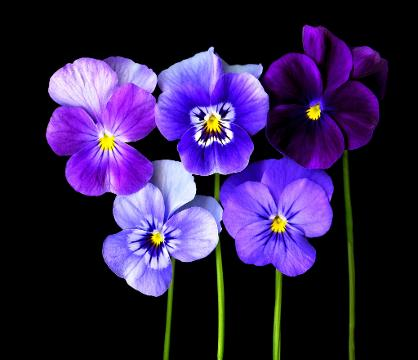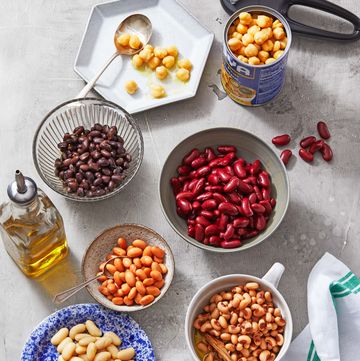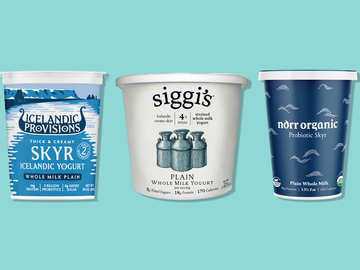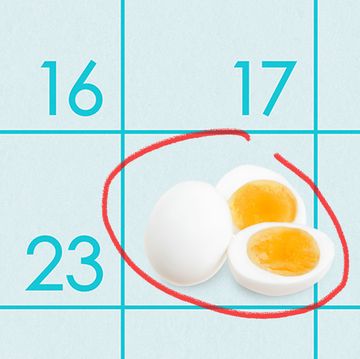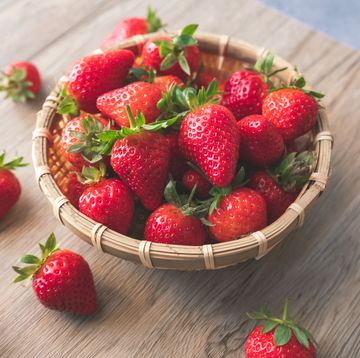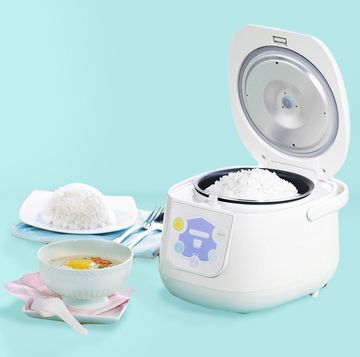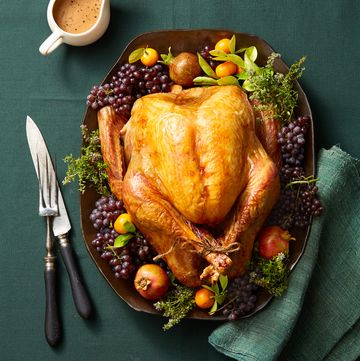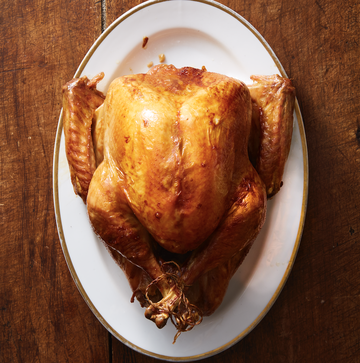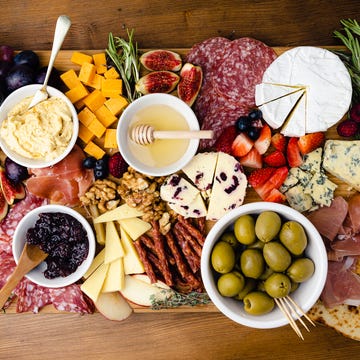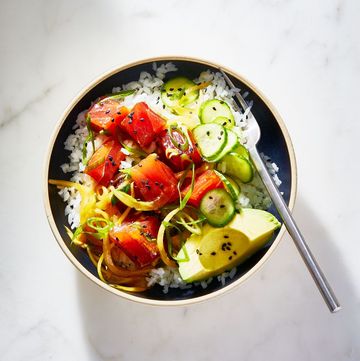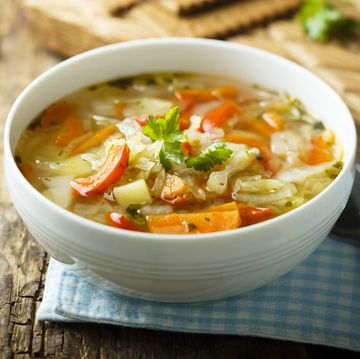Flip through a few vintage copies of Good Housekeeping — mostly from the '60s and '70s — and you'll see lots of dishes made with edible flowers. But a scattering of pansies on a plate might as well have been a neon sign blinking, "Look at me, I'm fancy!"
So it's understandable that flower-infused meals lost their appeal. But they're on their way back, and here's why: The right edible flower (especially fruit, herb, and vegetable blossoms) can add flavor to a recipe in a more colorful, and texturally interesting way.
Where to Buy
The best place to find them is your local farmers' market. Not only are the options more interesting than what's available at grocery stores, but you can also talk to vendors to make sure their crops are safe for you to eat (note: avoid flowers that have been sprayed with pesticides or other chemicals).
If you don't have a farmers' market nearby, look for edible flowers in the produce section (not the florist section!) of your grocery store. You can also order them online. Shops like Gourmet Sweet Botanicals, Marx Foods, and Melissa's will ship to you overnight so they're as fresh as possible.
How to Clean and Store
1. Shake flowers to remove any insects or excess dirt.
2. Gently wash in a large bowl of cold water; drain.
3. Let flowers air-dry on a paper towel–lined tray.
4. Use immediately or store in an airtight container, lined with damp paper towels, in the refrigerator for up to 1 week.
Flowers to Try
For the most part, edible flowers taste like they smell. Our advice: Buy a few different kinds and experiment! That's the only real way to decide what you like. Just keep in mind that not every flower is edible. Only buy ones you can identify and know are 100% safe to eat. Here are some of our favorites for cooking, but you can visit the The Chef's Garden for more options:
• Arugula Flowers: Peppery flavor, just like arugula leaves. Use in salads or other savory dishes.
• Chive Blossoms: Delicate, oniony flavor. Use whole flowers or separate the individual petals.
• Hibiscus: Tart and sweet. Often used in teas, cocktails, and salads.
• Jasmine: Very sweet, floral fragrance and flavor. Use in teas or desserts.
• Johnny-Jump-Ups: Minty, almost bubblegum-y flavor. Serve on cakes or with soft mild cheese, like goat cheese.
• Lavender: Floral flavor that's perfume-y and faintly citrusy. Use in cocktails, teas, desserts, or other baked goods.
• Lemon Verbena: Light lemon flavor that's well-suited for sweet or savory cooking.
• Marigold: Faint citrus flavor. Try it in a salad.
• Nasturtiums: Peppery flavor and golden hue. Try them on crostini with olive oil, salt, and pepper.
• Pansies: Use these as garnish — they're so pretty! Faint grassy flavor.
• Squash Blossoms: Mild raw squash taste. Usually cooked before eaten. Lightly dust with cornstarch and deep fry.
• Violets: Sweet and floral. Use in dessert or freeze into ice cubes for decorative drinking.
TELL US: Have you ever eaten flowers?
Photo: Foodcollection RF/Getty

